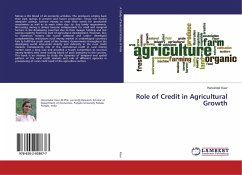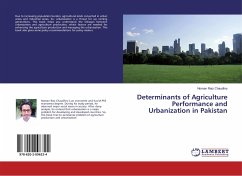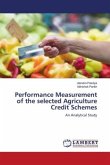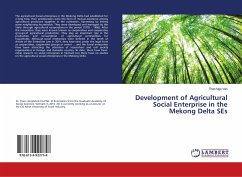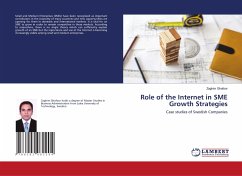Money is life blood of all economic activities. The producers employ back their past savings in present and future production. Those not having adequate savings, borrow money to meet their needs for productive investments as well as to meet other day- to- day family requirements. Borrowing money is almost become indispensable for small and marginal farmers in the developing countries due to their meager holding and low savings resulting from low level of agricultural development. However, due to numerous reasons like scarce collateral and under- developed complementing institutions rural money market in undeveloped countries fails to fulfill the credit need of the farmers. Governments throughout the developing world intervened directly and indirectly in the rural credit markets. Consequently role of the institutional credit in rural money market came a long way and provided a tough competition to usurious money lenders who were sucking blood of poor peasantry in the country. Thisbook is an attempt to study the dynamics of temporal and spatial pattern of the rural credit markets and role of different agencies in provisioning of rural credit need of the agriculture sectors.
Bitte wählen Sie Ihr Anliegen aus.
Rechnungen
Retourenschein anfordern
Bestellstatus
Storno

